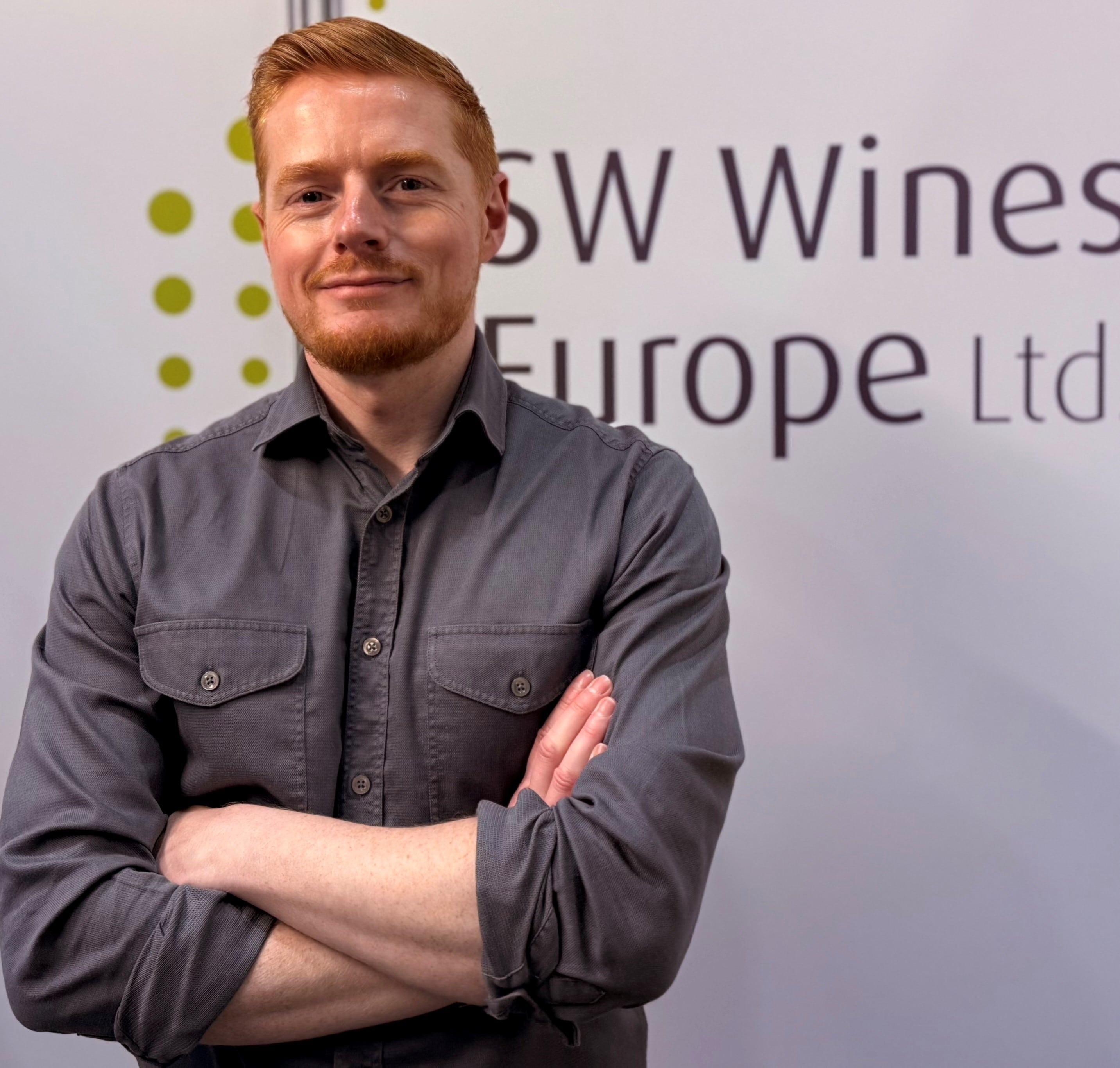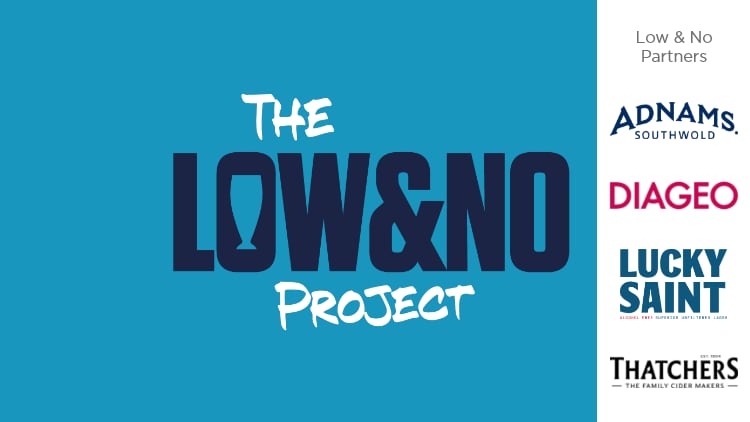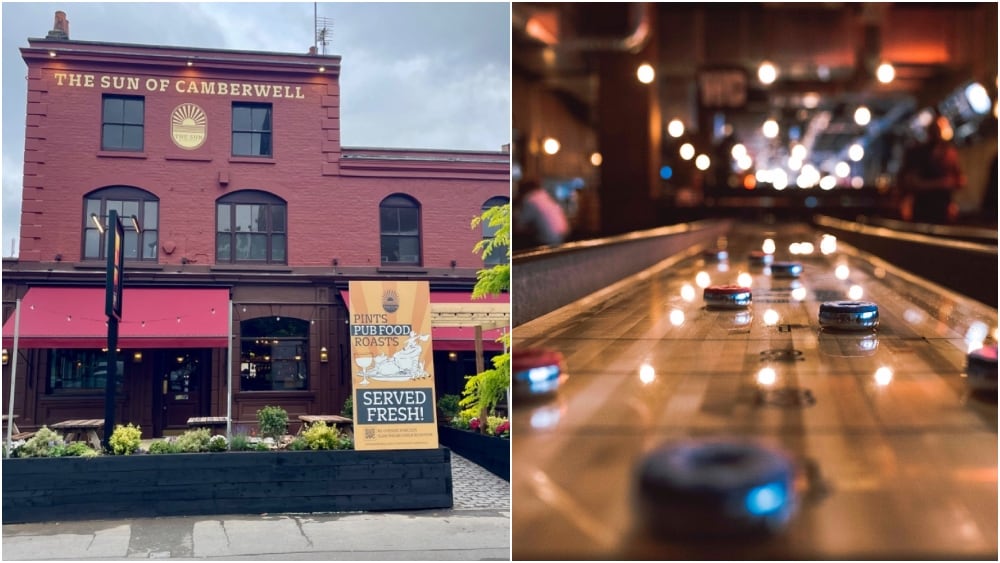That’s the opinion of wine expert Dan Harwood who has worked on Eisberg alcohol-free wines for 10 years and who sees the conversation about such wines ever increasing in the on-trade.
Harwood, who has worked in the wine industry for around 20 years within wine retail, the on-trade, education, sales and marketing, talks about the journey of alcohol-free wine versus beer. He said: “Driving quality in alcohol-free wine is certainly more of a challenge than beers and spirits.

“The higher ABV in wine compared to beers means we have further to go and more noticeable change in mouthfeel and with spirits, the use of botanicals, cocktails and innovation allows other ways to deliver an alcohol-free experience.
“More than that however, wine is held under more scrutiny. We are passionate about wine, we swirl it, nose it, taste it and, in general, interrogate it more than beer. The bar is high and there’s nowhere to hide.”
Vacuum distillation
Harwood has a WSET level 4 diploma and is studying with the Institute of Masters of Wine. His role as managing director of SW Wines Europe is to head up the UK and Irish markets for German parent company Schloss Wachenheim AG so he certainly knows what he is talking about.
He explains how his company de-alcoholises wine: “We use vacuum distillation and have done for around 30 years. We firmly believe this is a gentler way to extract the alcohol through evaporation.
“The wine is heated in a vacuum at relatively low temperatures for the alcohol to evaporate, this is done using our bespoke glass still around three storeys high.
“We recently invested in a second vacuum still, which demonstrates our commitment to the process. The new equipment is based on the same principle yet is more efficient meaning lower temperatures, more character, quality and less energy usage. Coupled with a heat exchanger and solar panels, this is helping us to manage our sustainability goals while still improving quality.”
It is also more difficult to remove the alcohol from a red wine versus a white or rosé. This is because some of the weight of body can be lost without the alcohol. Harwood states his company’s Eisberg Selection Pinot Noir, which is a premium alcohol-free for food pairing and restaurant settings, works because Pinot Noir is a lighter bodied wine in general so rather than fighting against the natural style of the base red, it works with them.
Normalising alcohol-free occasions
Having stated the interest in low & no in the on-trade is on the rise, Harwood explains: “The desire for drinkers to have choice in moderation is being recognised and the work of large mainstream brands in beer helps the normalisation of socialising without alcohol.
“In wine, there is more of an education piece for operators and front-line staff. Our developments like Eisberg Selection help to introduce an alcohol-free wine that would not be out of place on any table. We are about to launch a single-serve canned format as well to tap into higher volume, outdoor venues.”
However, states wastage is a factor holding pubs and bars back from investing further into low & no wine.
“Opening a bottle for a glass may mean pouring the rest away,” Harwood laments. “Alcohol-free wine needs to be treated like regular wine and consumed within two to three days but a vacuum preservation system is cheap and easy to use (even for wines with alcohol).”
On how to increase sales, he states: “Training and sampling are key for venues, as well as integrating an alcohol-free wine option into wine occasions such as weddings, events, brunches, tasting menus, etc. Anywhere there is a wine glass, there is a place for alcohol-free wine.”




